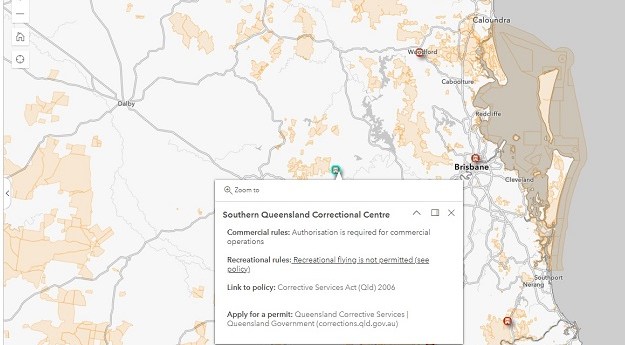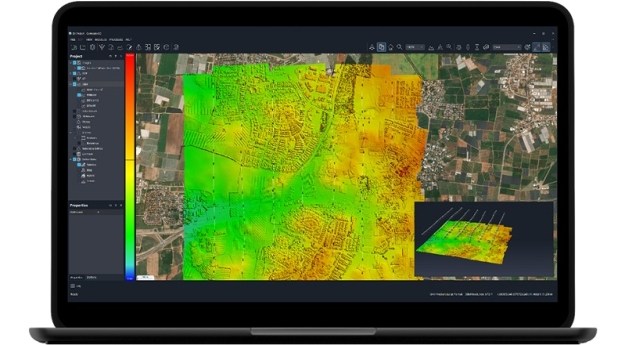
A technician works on a CSIRO-developed, multiple-feed radio astronomy antenna system. The tech will soon be used to communicate with satellites. Courtesy of CSIRO.
Australian-developed multiple-feed antenna technology will enable ground stations to communicate simultaneously with hundreds of satellites.
Developed for the CSIRO’s Australian Square Kilometre Array Pathfinder (ASKAP) telescope system in Western Australia, the tech is being commercialised by a new start-up, Quasar Satellite Technologies.
The company hopes to capitalise on the communication needs of upcoming large fleets of communications satellites. Around 57,000 comsats are due for launch over the next decade.
“Space is the highway of the stars, but current ground station technology is the equivalent of one-lane on-ramps,” said Quasar CEO, Phil Ridley.
“By making it possible to communicate with hundreds of satellites simultaneously, we’ll be able to ensure the thousands of satellites launching over the next decade have a way to call home efficiently.”
“CSIRO’s phased array technology revolutionised radio astronomy by enabling ASKAP to see enormous portions of the sky at once — about 30 times the area that conventional telescopes could see,” added CSIRO commercialisation specialist and a founding Director of Quasar, Dr Ilana Feain.
Quasar will offer the tech on an ‘as a service’ basis, in much the same way as cloud computing services are currently consumed.
The satellite ground segment market is forecast to be worth $130 billion over the next ten years.
“Fleet Space has been heavily investing in beamforming advancements for our nanosatellite, and strongly believe Quasar’s cutting-edge technology will change the dynamics of the space industry,” said Flavia Tata Nardini, Co-Founder and CEO of Fleet Space Technologies.
“Having one beam-forming ground station simultaneously service multiple satellites will eliminate congestion in LEO, where there is a need to compete for a limited number of available ground stations globally.”
Quasar is being supported by $12 million in funding, technology and industry expertise from CSIRO, Main Sequence, the Office of the NSW Chief Scientist & Engineer, and Australian firms Vocus, Saber Astronautics, Fleet Space Technologies and Clearbox Systems.
Stay up to date by getting stories like this delivered to your inbox.
Sign up to receive our free weekly Spatial Source newsletter.












